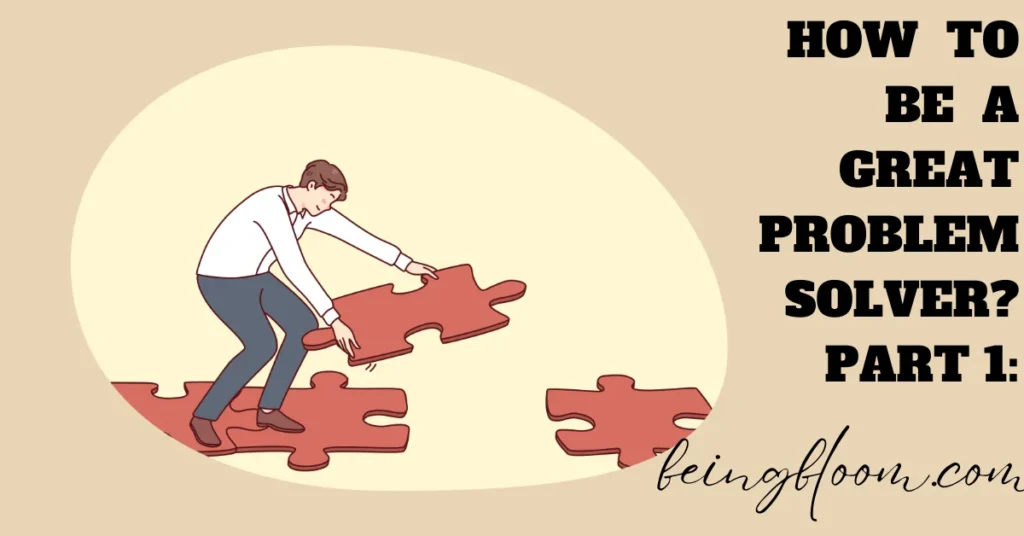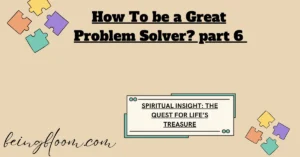
A few years ago, the world lost a pop singer who redefined the very dimension of pop music. His singing and dancing mesmerized audiences across the globe. He began captivating listeners with his voice at the tender age of five, and by the time he was just eleven, he had already started releasing professional music albums.
As he grew into adulthood, the world came to know this American pop icon. From children to the elderly, everyone began humming his tunes. School kids and teenagers mimicked his dance moves in every corner. His style influenced an entire generation—youth copied his hairstyle, dressed like him, and dreamed of being him. Girls were infatuated with his every move, and crowds would gather just to catch a glimpse of him. He had become a youth icon, a sensation.
And why wouldn’t he be? His music was electrifying—irresistible and dance-inducing. Fans eagerly awaited his new albums, which would sell millions of copies worldwide.
Truly, there had never been an artist like him—and perhaps never will be again. The world began to call him the “King of Pop.” He amassed immense fame and fortune through his music. But beyond the spotlight, he was also generous: he supported education for underprivileged youth, aided AIDS patients, and donated to war victims and the poor. A part of his wealth consistently went toward humanitarian causes. He loved animals dearly and had a soft corner for children.
Sounds like a perfect life, right?
But just like every life carries hidden pain, so did his.
He didn’t like his own face. He wouldn’t even look at himself in the mirror—there wasn’t a single mirror in his million-dollar home. His deep insecurity about his appearance made him hide his face behind long hair, large hats, and sunglasses. Though born with a darker complexion, he underwent plastic surgery to lighten his skin and change his features. His obsession with beauty led him to undergo numerous surgeries, which left him in pain—pain he tried to dull with heavy medication and dozens of injections.
Why did he do this? A major reason lay in his childhood. His father used to mock his nose and facial features, constantly calling him “ugly.” That emotional abuse left a deep scar on his young mind.
But his unrealistic desire to be beautiful wasn’t his only obsession.
He wanted to live for 150 years. While everyone wishes for a long life, the King of Pop took it to an extreme. He hired 12 doctors to live in his home, monitoring everything from his scalp to his toenails. His food and water were tested in labs before consumption. He employed 15 fitness professionals to keep him in shape. He slept in an oxygen chamber, and even had organ donors lined up in case he needed replacements like kidneys, lungs, or eyes. He regularly covered their expenses to ensure their loyalty. He never shook hands without wearing gloves, and always wore a mask when stepping outside.
But despite these extreme efforts to extend his life, death claimed him at age 50. He suffered a fatal cardiac arrest. Not just his 12 personal doctors, but several others from across the city rushed to his mansion—but it was too late.
On June 25, 2009, at 3:15 PM, the world lost Michael Jackson—the man who had ruled millions of hearts.
The autopsy report revealed that years of surgeries and the painkillers taken to endure them had ravaged his body. He had lost much of his hair, his body had become frail, and several bones—including ribs and shoulder joints—were fractured. Legal action was later taken against the doctors responsible for his care.
In trying to solve imaginary problems, Michael ended up creating a devastating real one. But where exactly did he go wrong? What should he have done—or not done? It’s not easy to answer. Maybe if you or I were in his place, we might have done the same. Because this wasn’t just Michael Jackson’s problem—it’s a human problem.
Most of us spend our lives trying to solve imaginary or unrealistic issues—things that have no real connection to our lives. We often become obsessed with problems that, even if solved, make little to no actual difference.
So the real question is:
Why do we keep trying to solve problems that don’t even exist in reality? The reason is simple: we don’t understand problems at all. We don’t know how to recognize whether a problem is real or imagined, physical or mental, emotional or practical. We lack clarity about how life truly works—and in that confusion, we end up chasing shadows instead of facing the truth.
We Are Solving Problems Every Moment
Every human being in the world—regardless of caste, religion, color, age, whether male or female, and no matter which corner of the earth they live in—is constantly struggling for just two things: to gain happiness and to avoid or escape suffering. From morning until night, every single action we take is driven by these two motives. And it is precisely because of this that we keep running around all day long.
Chasing after these two things means that we are, in one way or another, always trying to solve a problem. The fact that we are trying to attain happiness itself shows that we are not happy—we are sad, restless, or bored, and in order to solve that problem, we chase happiness. Every desire, value, or belief we hold is essentially our attempt to solve some problem. When we love someone, it helps us solve problems of loneliness and many other emotional struggles. When we pursue an educational degree, we solve the problem of unemployment; when we get a job, we solve financial problems; and when we earn money, we buy the material things that remove the difficulties in our daily lives caused by their absence. By playing cricket or football, we solve the problem of boredom.
If our values are honesty and self-respect, then we are solving the problem of not wanting to feel ashamed in our own eyes. By wearing fancy clothes, we solve the problem of not looking boring; by wearing simple clothes, we solve the problem of not looking showy. When we eat tasty food, we solve the problem of a bland palate. By talking about our knowledge or achievements in front of others, we solve the problem of not wanting to be underestimated or disrespected.
Struggle is an inseparable part of life, and no one can deny this reality. Sometimes we face material problems, other times mental ones. The rich may be better off than the poor, and those with many relationships may be better off than those with none—but that’s all we can say. Struggle is a lifelong process. A single job cannot solve all the problems of your life, nor can a single relationship bring endless happiness. Having a lot of money in the bank doesn’t guarantee happiness, nor does being penniless guarantee misery. The dreams we build about the future—about how life will be “better” once we reach a certain stage—are just illusions. When you finally reach where you dream of being, new problems and new challenges will be waiting for you. Believing that life will be full of joy once you get a job or start a business is nothing but self-deception. Reality doesn’t work that way.
That doesn’t mean you shouldn’t dream of a government job or building a business. The point is: no single achievement can eliminate all the problems of life. To remain happy 24/7, one would need complete control over every area of life—but that is rarely possible. Not everything in every area of life will always be under our control. Life will constantly make us taste suffering and pain. New problems and challenges will continue to arise. Some will overcome them and move forward to face new ones, while others will live their entire lives stuck in the same problem.
And which of these two situations you end up in depends on your choices—on what you want and what you don’t want. If you prefer boredom and depression over struggle and pain, you can choose to live with the same problem forever. But if you want the thrill of an extraordinary life, you must solve one problem and then move on to the next. The path won’t be easy—it will be full of struggle and pain—but behind that pain lies immense excitement, freedom, and joy.
The reality is that in order to succeed in any area of life—personal, social, financial, or relational—you must go through a process. That process is never easy; it is filled with pain and hardship. But reading this, two types of people will have two different reactions: one will say, “Oh, life is so full of suffering,” while the other will say, “Sounds exciting!” My wish is for you to be among the second type of people, though they are rare. What we usually call “happiness” or “joy” is often not true happiness—it is simply entertainment, or actions we take to feed our ego.
We are solving problems every single moment. Not a second of the day goes by without us solving some problem. So instead of saying, “Life is full of suffering,” it is more accurate to say, “Life is full of problems.” Having problems is not something to be afraid of. What is truly dangerous is not knowing anything about them—not understanding how problems arise, what types they are, whether they are real or imaginary. Because of this ignorance, we often end up trying to solve meaningless or unreal problems, just like Michael did. The trouble with solving imaginary problems is that the happiness they bring is temporary, and even if we solve them, it doesn’t actually improve our life—in fact, it often has a negative impact. Such problems only feed our ego. We waste energy and time solving them, and we suffer unnecessary pain in the process.
To avoid this, it is essential to understand problems properly. Just as an army gathers every bit of intelligence about its enemy before going into battle, we must also gather complete knowledge about a problem before trying to solve it. Without that understanding, we cannot handle problems effectively.
Before we explore how to handle problems, we first need to understand the two main causes of problems.
“Ever wondered why problems keep showing up in life? In the next part, we’ll uncover the two main reasons behind them.”







